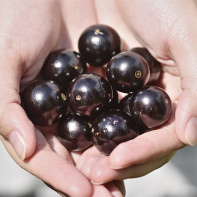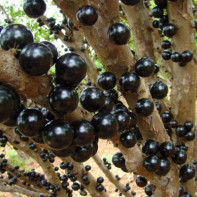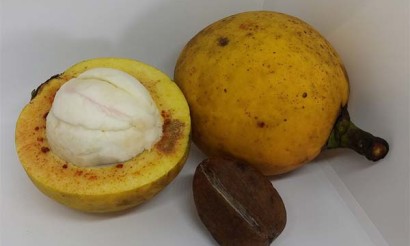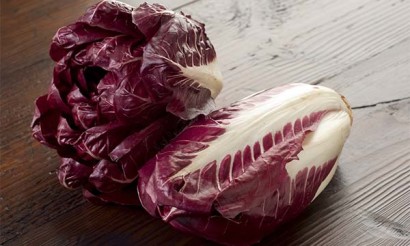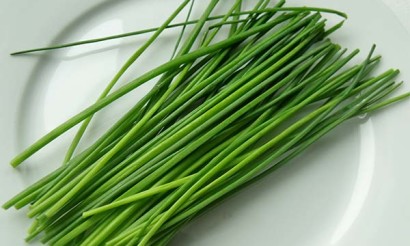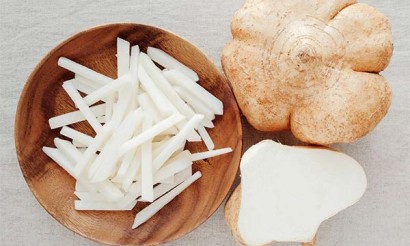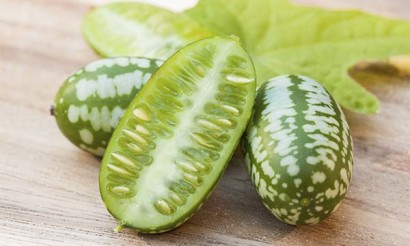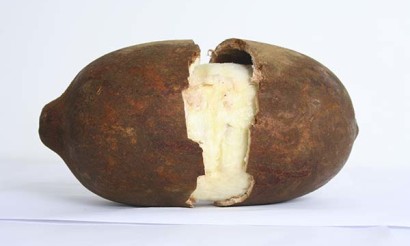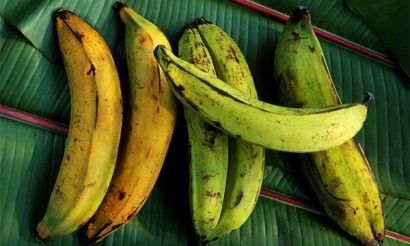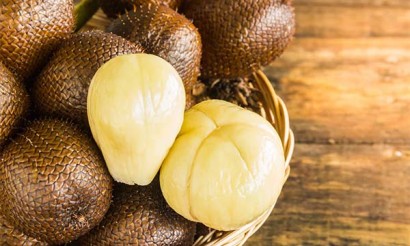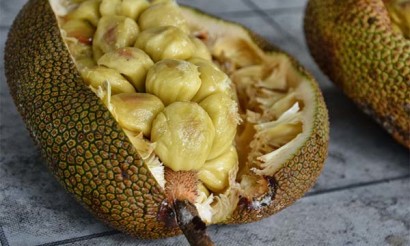Jabotikaba: what is this fruit and why is it useful?
- What is the fruit?
- How it looks
- Where it grows
- What is useful for jabotikaba
- What harm it can do
- How to eat jabotikaba properly
- What can be made with jabotikaba
- Brazilian vitamin salad
- Tropical smoothie
- Jabotikaba wine
- Traditional Medicine Applications
- How to grow
- Jabotikaba in the open air
- Indoor cultivation
- Interesting Facts
The plant world sometimes amazes with its diversity and originality. What strange trees, shrubs and flowers do not exist on earth! One never ceases to be amazed at the imagination of Mother Nature. Take, for example, a tree with the exotic name of jabotikaba. Many of us have never heard of it. However, at home in South America, this tree is very popular.
What kind of fruit is it?
Jabotikaba, or as it is also called, jabotikabo, belongs to the Myrtle family. It is a fruit crop, which in its appearance and taste somewhat resembles grapes. However, jabotikaba berries are characterized by a more delicate, slightly bitter taste due to the large amount of tannin they contain. Particularly worth noting and a surprising arrangement of these very berries on the tree.

What does it look like
The fruits of the jabotikaba grow right on the surface of the trunk and thick branches. This makes the tree look like it is dotted with large purple balls. The jabotikaba is incredibly beautiful during the flowering period, when the entire surface is covered with large white flowers with long tufts of stamens. The tree becomes like an alien creature that came to us from distant galaxies.
The trunk of the toadstool has a characteristic pinkish with gray spots. The crown, though sprawling, is small and covered with oval leaves of a delicate pink color. Over time, they take on a more traditional green color.
Where to grow
This amazing tree grows mainly in tropical regions such as Brazil, Bolivia, Paraguay, Argentina, the Philippines, Cuba and the Caribbean Islands. However, due to its unpretentiousness, the jabotikaba has also been grown in many other countries around the world. The tree adapts well to different conditions and grows well in alkaline soil.
With proper irrigation, the Brazilian grape will provide its owner with a rich harvest several times a year. Yes, yes, another striking quality of this plant is its rich fertility. New jabotikaba berries usually ripen in just 3-4 weeks.
What's useful about jaboticaba
Brazilian grapes are extremely useful for the body. It contains a huge number of different vitamins, minerals and amino acids. The fruit of zhaboticaba has long been used in the treatment of an inflamed throat, asthma, dysentery and diarrhea. It is an excellent source of antioxidants. Recently, scientists have been actively studying jabotikaba as a means of fighting cancer. However, despite the several health benefits of this plant, it is worth being careful when eating it.
What harm it can do
First of all, it should be noted a possible allergic reaction to Brazilian grapes, which is usually accompanied by headaches, characteristic rashes on the body and muscle spasms. The peel of the giaboticaba fruit also contains a lot of toxins. Therefore, their excessive consumption is more likely to do the body more harm than good.
In addition, Brazilian grapes can have a negative impact on the function of the kidneys and liver. It is categorically contraindicated for pregnant and lactating women, as well as people with diabetes, epilepsy and thrombophlebitis.
How to eat jabotikaba properly
If you still decide to try this exotic fruit, you should remember that it is eaten mainly fresh. To do this, you carefully bite the shell and squeeze the pulp into your mouth.
The skin of giabotikaba has a bitter aftertaste, so it is rarely eaten and thrown away together with the bone. Brazilian grapes tend to spoil very quickly.
It should not be kept in the refrigerator for more than three or four days, because it begins to ferment. However, fermented grapes can make a great wine.
What to make with jabotikaba
In general, jabotikaba is very popular in cooking, there are many different recipes using this exotic fruit. From the berries make jellies, sauces, jams and marmalade, as well as delicious liqueurs and soft drinks. Here are some healthy yet delicious recipes for jabotikaba dishes.
Brazilian Vitamin Salad.
In a glass container, chop green onions and dill. Add 2 grated garlic cloves, a cup of jabotikaba, salt and pepper to taste. Pour 2 teaspoons of vinegar and 1 tablespoon of water over it. Cover the container and put it in the refrigerator for 24 hours. Then sprinkle the marinated jabotikaba with finely chopped green onions. Separately, prepare the dressing. To do this, mix 1 tablespoon of vinegar and water with 5 tablespoons of vegetable oil. Then pour the dressing over the salad made of jabotikaba and mix it well.
Tropical smoothie
Ripe banana peel off the skin. Remove the core of an apple. Peel the skin of the jabotikaba. Place all fruit in a blender and pour 100 ml of milk. Whisk until you feel it frothy. If you want, you can add a pinch of vanilla or cinnamon.
Jabotica wine
Carefully squeeze the juice out of 5 kilos of giabotikaba, making sure to remove the skins and pips. Then in a separate container mix with 75g of cinnamon and 100g of cloves respectively. To the spices add 1 teaspoon of pepper, a little crushed ginger and 1 tablespoon of nutmeg. If desired, you can add 15 g of wormwood. Place the mixture of spices in a small baggie and put at the bottom of a glass bottle. Pour freshly squeezed juice of jabotikaba on top of the bag. The liquid should infuse for at least 7 weeks in a dark, cool place. Once the sediment is completely separated, pass the wine through gauze and pour into bottles.
Folk Medicine Applications
Among other things, jabotikaba is widely used in folk medicine. From the skin of the Brazilian grape berries make a useful decoction that helps in the fight against diarrhea and asthma.
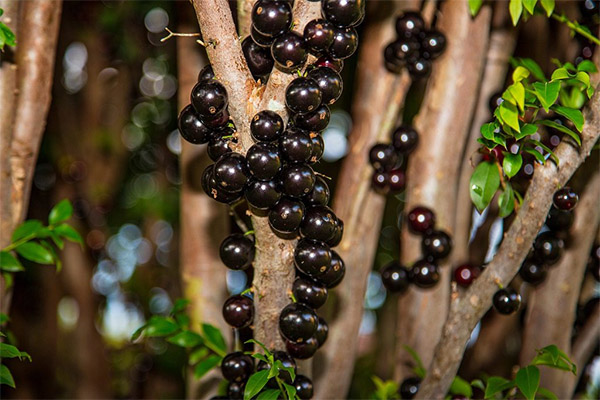
Decoction Recipe
To prepare this decoction, you will first need the shade-dried skin of jabotikaba. To do this, you should carefully incise the surface of the berry and squeeze out the pulp with the bone. The resulting skins (about 2 tablespoons) should be left to dry in a dark, dry place until they reach the right condition. Then pour two glasses of boiled water and let stand for a few hours. After all this, strain the resulting decoction through a sieve or gauze. Discard the rind and dilute the tincture with water to its original volume. It is recommended to use decoction of jabotikaba regularly and several times a day, then the result will be especially successful.
Tincture can also be made with alcohol. The drink will be strong and fragrant, as good as store-bought alcohol, and, among other things, very useful. Brazilian grapes can be used to prepare freshly squeezed juice, which will be very useful in the treatment of diarrhea and abdominal pain. And the skins of jabotikaba are an excellent food coloring.
How to grow
As mentioned above, jabotikaba is grown mostly in tropical regions, with warm temperate climates. This fruit crop does not tolerate even short-term light frosts well. But due to its ornamental qualities, small Brazilian grape trees are increasingly appearing indoors.
Jabotikaba in the open air
It grows slowly, but the result is worth it. Rich abundant yields of this exotic tree are sure to please its owners. When planting Brazilian grapes, it is worth considering that this culture feels fine in light, well-drained soil, does not tolerate salinity, poorly tolerates drought, so regular and abundant watering is required. Outdoors, it is best to plant jabotikaba in the shade, just like any other tropical crop.
It is also necessary to feed the tree with complex mineral fertilizers. Apply them, as a rule, in the spring and summer season, and gradually stop by the fall. Pruning jabotikaba does not particularly need. You can remove heavy and dry branches in the upper part of the crown and thin out the thickened places. In practice, it has been observed that trees with a slightly loose crown give a particularly rich harvest. Pruning should be done before the shoots start to grow.
Growing indoors
Seeds or seedlings are used to grow jabotikaba indoors. From seeds the first harvest will be only 10-14 years after planting, so lovers of exotics prefer grafted hybrid seedlings. They bloom on the fourth year, decorate the interior and fill the air with a pleasant myrtle aroma. The soil mixture for decorative jabotikaba is prepared on the basis of peat, sand, humus and leaf soil. Initially, the seedling is dipped for a few hours in a solution of rooting agent. Then, if necessary, pruning of the roots is carried out. After all this, immerse the seedling in a pre-prepared container with a soil mixture, cover it with a slide and abundantly water it.
In care, jabotikaba is very fastidious. It is worth monitoring the dryness of the soil, do not allow the soil to dry out. The plant is watered with warm, distilled water, but avoiding stagnation in the pan. Ornamental jabotikaba is fed with complex mineral fertilizers. Fertilizers are applied once a month based on the age of the plant. In winter, give the crop a rest and do not feed it with minerals.
With a large proliferation of the root system, transplanting is carried out. Pruning the roots is absolutely painless for jabotikaba. Like its free relatives, domestic Brazilian grapes give an abundant harvest with a loose crown.
Also watch out for the possible appearance of pests - aphids and spider mites. If these creatures have just settled on the jabotikaba, they can be easily removed with a warm shower. The soil is tightly covered with food film. If the spread of parasites is not noticed in time, and the harm caused to the plant has become quite great, then biological preparations should be used. Such preparations include Itoverm, Iskra-bio, Lepidocide and others. These drugs do not cause any harm to humans. They should be prepared strictly according to the instructions attached to the packages. That's probably all the tricky secrets of growing this outlandish tree, the jabotikaba.
Interesting facts
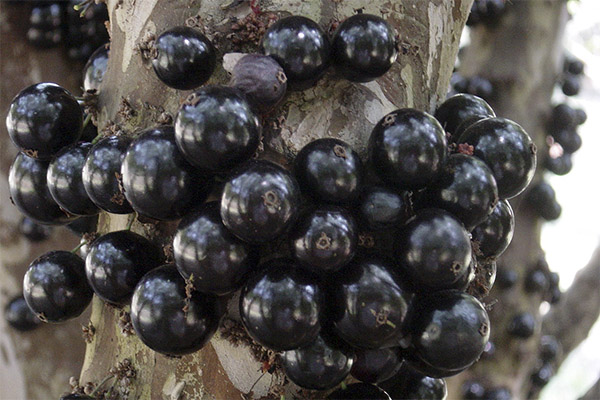
- This name comes from the ancient Indian people of the Tupinamba tribe. In translation it means "turtle place". The reason for this was the Indians' observation of the turtles, which liked to enjoy the fruits of the Brazilian grapes. Convenient location of berries on the trunk and branches of the tree only further contributed to this.
- Jabotikaba owes its most characteristic feature to a long process of evolution. In botany, the phenomenon of fruit growing on the trunk and branches of a tree is called caulifloria. Jabotikaba adapted to its environment this way. It was easier for insects to pollinate the flowers on the trunk, and easier for birds and animals to spread the seeds.
- This fruit crop is generally very famous in Brazil. Poems and songs are composed in its honor. For example, one folklore piece compares the taste of jaboticaba to a woman's kiss, and the smooth skin of the berries to the tender face of the beloved girl.
- Another interesting fact is that in Brazil there is a whole city named after this fruit - Jaboticabl. And all because it grows thousands of these trees, literally in all yards and gardens. During the blossoming period the city looks like a picture from a fantasy movie, it is incredibly beautiful and fascinating view. And when the harvest time comes, the fun begins! Locals charge millions of visitors a fee just to enter Jabotikable. But then the visitors can collect as many berries of Brazilian grapes as they want. Of course, they also sell the grapes to take away, and in huge quantities. Jam and various desserts made of jabotikaba are very popular in the world, so they are bought up by the buckets.
«Important: All information on this site is provided for informational purposes only. Please note: All information on this site is provided for educational purposes only. Please consult with a health care professional before using any of our recommendations. specialist before you apply any of the recommendations. Neither the editors nor the authors shall be liable for any possible harm caused by materials."


